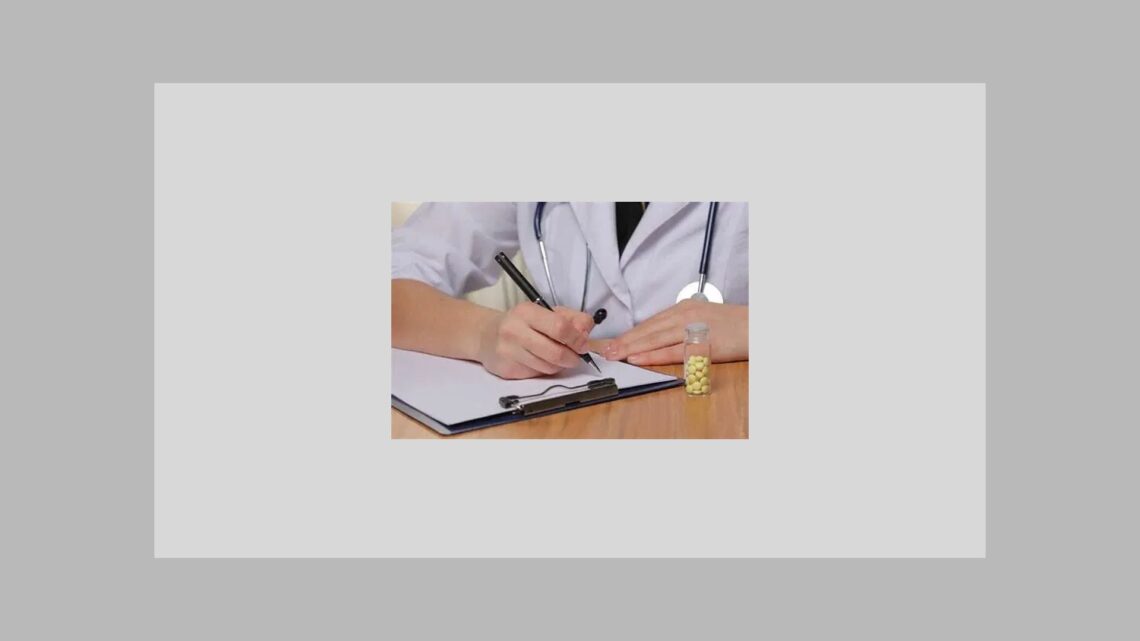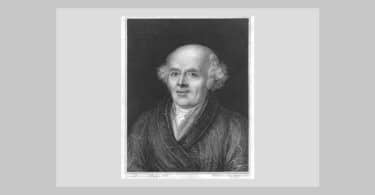Abstract
Homoeopathy is a system of therapeutics which has a holistic approach towards sick people. Treatment in homoeopathy is based on individualization which can be achieved in various ways. The purpose of keynotes is to help the physician to know which are the guiding and characteristic symptoms of each remedy and thus utilize more readily the symptoms of the vast homoeopathic materia medica.
Homoeopathic medicines have many symptoms but for prescribing we need to select uncommon, characteristic, peculiar symptoms as far as possible. These symptoms are known as “keynote symptoms” . They are the genius of medicines which help in for prescribing.
Keywords
Homoeopathic treatment, Materia medica, Individualization, Keynote symptom
Introduction1, 2, 3
Homoeopathy is the science of therapeutic based on the principle ‘Similia Similibus Curenter’ in which medicines are applied which have the capacity to produce similar symptoms in an apparently healthy person.
Whatever may be the case, we need to apply the simillimum in order to cure the patient. There are various ways of prescribing in homoeopathy. In whatever way the physician prescribes, ultimately they select uncommon, characteristic, peculiar and guiding symptoms representing the keynotes of the medicine.
Keynote prescribing has assumed its own place in homoeopathic practice. It has won both applause and invited failures. The keynote method if correctly understood makes the whole process of treatment much simpler. A detailed understanding of its basis will help utilize this wonderful system.
Keynote symptoms1, 2, 3, 4
Dr. Henry Newell Guernsey defined keynote as ‘the fundamental note or tone on which the whole piece is accommodated’. To him, keynote is simply the predominating symptoms which direct one’s attention to the totality of symptoms through which that individual case is expressed.
The word keynote is mostly used in music but it has other meanings also. One of the meanings which serves our purpose is that it is ‘the basic or central idea’. It indicates the genius of the medicine on the basis of which we can individualize and differentiate one medicine from other medicines which are similar in action and manifestation.
Keynotes are nothing but the uncommon, characteristic, peculiar and guiding symptoms. The data elicited during case taking in its raw form is a sort of jumble of various incongruous components or symptoms. The data will have to be re-organized in a logical sequence to be useful. The core of the case should be the main coordinator around which the rest of the data is attached.
Evolution of Keynotes in Homoeopathy1, 3, 4, 5
During the early days repertory was not so advanced. There was necessity of adopting an easy and quick method to choose similimum. Dr. Henry Newell Guernsey, M. D. (1817 – 1855), an American homoeopath, observed certain symptoms of each and every medicine which were present in most of the provers and in most of the cases and were the genius of the medicine around which all other symptoms revolve.
He started fetching those symptoms and found them very useful during treatment. Dr. Jacob Janeas (1800-1877), an American homoeopath, first used the idea of the keynote symptoms but the term ‘keynotes’ was not used by him. Dr. Henry Newell Guernsey had innovated the term in an article in 1868 titled ‘The Keynote System’ which was published in The Hahnemannian Monthly, Vol. III, No. 12, p. 561-569.
The term was first popularized in homoeopathic literature by Dr. Henry Newell Guernsey when he published his renowned book on ‘Keynote to the Materia Medica’ in 1887. In ‘The Genius of Homoeopathy’, Stuart Close mentioned the origin of the term.
Stuart Close credited Dr. Henry Newell Guernsey as the inventor of the new name. Guernsey himself said that he believed the keynote system was not a new doctrine but a true one in homoeopathy. Dr. Guernsey simply formulated a new name for the old Hahnemannian idea.
The keynotes method may seem like prescribing for single symptom, but such is not the fact. It is only meant to state uncommon, characteristic, peculiar and guiding symptoms. On referring to the Symptomen Codex, all the others will surely be there if this one is.
The concept of keynote prescribing was extensively and readily accepted by many homoeopaths and was passed to the future generations of homoeopaths. Hahnemann stated in aphorism 153 of the ‘Organon of Medicine’ , “In order to find among these an artificial morbific agent corresponding by similarity to the disease to be cured, the more striking, singular, uncommon, peculiar and characteristic symptoms of the case of disease are chiefly and most solely to be kept in view; for it is more particularly these very similar ones in the list of symptoms that the selected medicine must correspond to, in order to constitute it the most suitable for effecting the cure”.
Striking, singular, uncommon, peculiar and characteristic symptoms are important for cure can only be achieved by similarity of those symptoms. How to know what are the characteristic symptoms in each and every medicine was explained by Dr. Henry Newell Guernsey in a most practical and detailed way.
Characteristic of keynote2
- The keynote means predominating symptoms which direct recognition to the totality.
- When the physician becomes more acquainted with these keynotes or characteristics of remedies, he will be able to find more quickly the remedies in all cases because the field of selection has been narrowed.
- When the physician recognizes keynotes in a case it suggests or recalls medicines having similar keynotes. He will verify and complete the comparison referring to Repertory and Materia Medica.
- There is a peculiar, striking combination of symptoms in a case that directs the attention to certain drugs and this is what Dr. Guernsey called keynotes. It’s synonymous with Hahnemann’s ‘characteristics’.
- Keynote symptoms are generalizations selected from the strange and characteristic symptoms by logical deduction. They cannot be determined until after complete case taking (symptom totality) for the purpose of comparison.
How to Use Keynotes1, 4, 5, 6
Hahnemann saw homoeopathy as a simple method of therapeutics but it can be complex, so keynote prescribing makes this task easier. We should have a detailed knowledge of various Materia Medica based on keynote symptoms. Our minds gradually become conversant with keynotes and how to identify them.
Dr. H. C. Allen has advised, “A homoeopathic physician must develop the habit of constant comparison and differentiation of pathogenesis and symptomatology of drugs to gain the knowledge of the individuality of the remedy, something that is peculiar, uncommon or sufficiently characteristics of the remedy. It is called keynotes or characteristic or the red strand of the rope”.
Dr. Allen for the first time joined the two terms, ‘Keynotes’ and ‘Characteristics’. By developing the idea of keynotes of various medicines we make homoeopathic treatment uncomplicated and high-yielding. In aphorism 5 Hahnemann stated , “In these investigations, the ascertainable physical constitution of the patient (especially when the disease is chronic), his moral and intellectual character, his occupation, mode of living and habits, his social and domestic relations, his age, sexual function, etc. are to be taken into consideration”.
Our target should be to collect indications, i.e. peculiar, uncommon and characteristic symptoms by using tact, friendly exhortations etc.
Examples of keynote books
- Keynote to the Materia Medica (1887) by H. N. Guernsey
- Application of Principles and Practices of Homoeopathy to Obstetrics and Disorders Peculiar to Women and Young Children (1897) by Dr. H. N. Guernsey
- Keynotes and Characteristics with Comparisons of Some Leading Remedies of Homoeopathic Materia Medica with Some of the Nosodes (1898) by H. C. Allen
- Leaders in Homoeopathic Therapeutic with Grouping and Classification (1899) by Dr. E. B. Nash
- A synoptic key of the Materia Medica (1931) by C. M. Boger
- A primer of Materia Medica by T. F. Allen
- Characteristic Materia Medica by W. H. Burt
- Keynotes and redline symptoms of Materia Medica by Dr. Adolph Von Lippe
- Characteristic of Homoeopathic Materia Medica by M. E. Douglass
- Keynotes of Homoeopathic Materia Medica, Vol. 1 and 2, CCRH, Min. of AYUSH, Govt. of India
- Politics of prescribing (2017) by Dr. L. M. Khan
- Nplex Hom. Mat. Med. Study Guide – Themes, Keynotes and Confirmed Symptom by Dr. Steve Olsen ND
Criticism7, 8, 9
Kent says, “There is great trouble with keynotes in that they are misused. The keynotes are the characteristic symptoms; but if the keynotes are taken as final and the generals do not confirm, then will come the failures”.
Kent used to say he hated keynote prescribing but on the other hand he used keynotes all the time. Kent was using keynotes which represent the generals of patients. What he unable to bear were physicians using keynotes without looking for the generals of patients.
A. Roberts says, “Beware the keynotes that are not backed up by knowledge of, or reference to, the material medica”.
Conclusion
The keynotes in homoeopathy represent the genius of the medicine. Various stalwarts of homoeopathy proposed that there is the maximum symptom similarity between the case and the given simillimum when we prescribe on the basis of keynotes.
In whatever way we execute a homoeopathic prescription we select uncommon, characteristic, peculiar and guiding symptoms which are nothing but the keynotes of the medicine. Keynotes through totality is the right path. Keynotes seem indispensable to use our voluminous Materia Medica intelligently and successfully.
References
- Sonny R. Keynotes in Homoeopathy. Homeopathy360. 03/Feb/2022. Available from: https://www.homeopathy360.com/2020/02/03/keynotes-in-homoeopathy/ [Accessed 19th March 2023].
- Singh S. Keynote method of prescription in Homoeopathy. Scribd. https://www.scribd.com/doc/178668411/KEYNOTE-METHOD-OF-PRESCRIPTION-IN-HOMOEOPATHY-by-Dr-Subhas-Singh-docx [Accessed 19th March 2023].
- Kulkarni A. Understanding Keynote System of Prescribing. Homeobook. 03/February/2012. Available from: https://www.homeobook.com/understanding-keynote-system-of-prescribing/ [Accessed 31st March 2023].
- Keynote Prescribing and Characteristics. Homeopathy360. Available from: https://www.homeopathy360.com/2018/09/08/keynote-prescribing-and-characteristics/ [Accessed 31st March 2023].
- Hahnemann S. Organon of Medicine. Low Price Edition: 39th Impression: 2015. B. Jain Publishers (P) Ltd. p. 94, 217.
- Allen H. C. Keynotes Rearranged and Classified with Leading Remedies of the Materia Medica added with other Leading Nosodes and bowel Nosodes. Tenth Reprint Edition: November 2013. Indian Books and Periodical Publishers.
- Brahmachari S. Key note prescribing in Homoeopathy – relevance and features. Homeobook. 29/Dec/2012. Available from: https://www.homeobook.com/key-note-prescribing-in-homoeopathy-relevance-features/ [Accessed 4th April 2023].
- Herscu P. A Closer Look at Keynotes. WholeHealthNow. https://www.wholehealthnow.com/homeopathy_pro/keynotes.html [Accessed 4th April 2023].
- Siju P V. A Reference to Repertories for Homeopathic Students. First Edition: 2007. B. Jain Publishers (P) Ltd. p. 6.





